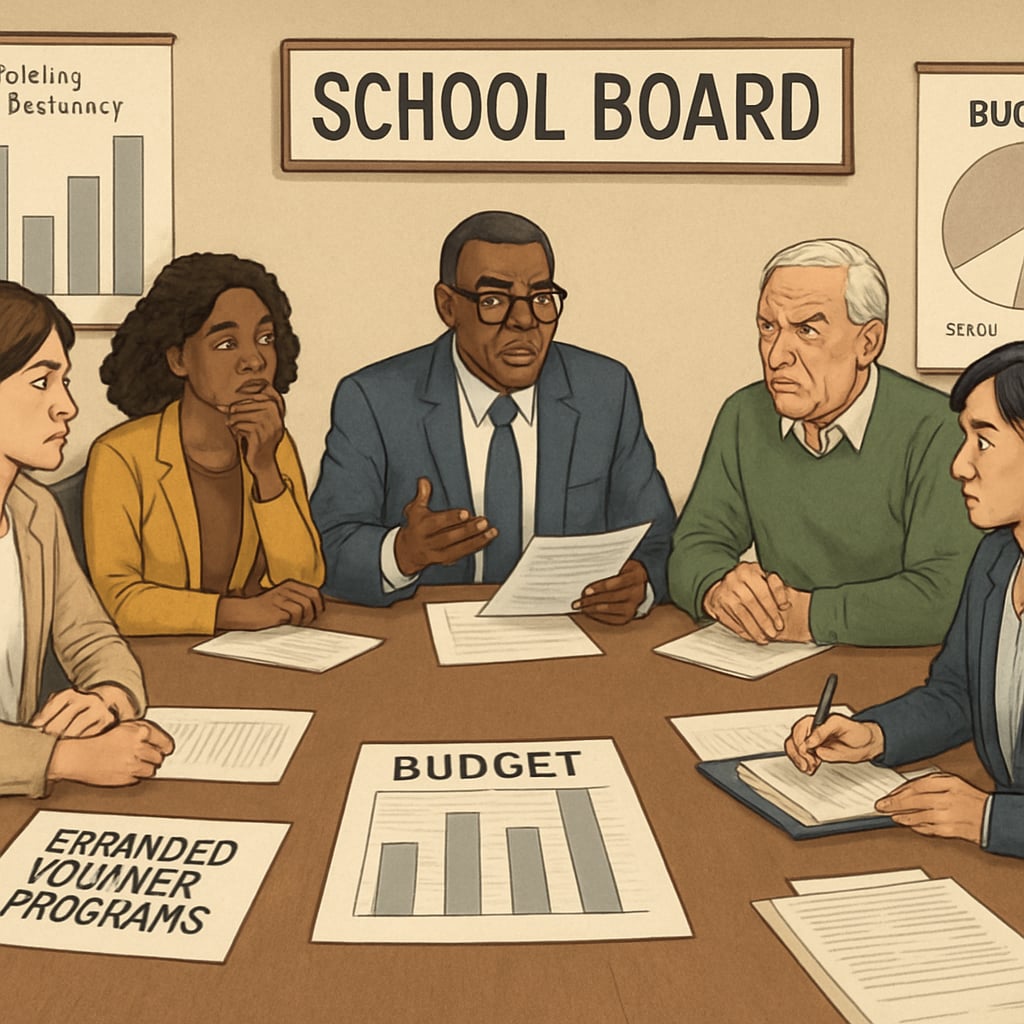School voucher programs, which redirect public education funding to private institutions, are expanding rapidly in many U.S. states. This trend has put public schools under immense pressure, impacting their budgets and enrollment numbers. To remain competitive and relevant, public schools must adopt innovative strategies and highlight their unique strengths to attract and retain students. This article explores the challenges posed by voucher programs and actionable responses to maintain the integrity of public education.
Understanding the Impact of School Voucher Programs
School vouchers allow parents to use public funds to pay for private school tuition. Proponents argue that vouchers provide families with more educational choices and foster competition among schools. However, critics point out that this system diverts critical education funding away from public schools, often leaving them under-resourced.
According to a Britannica article on school vouchers, the funds allocated to these programs are pulled directly from state or local education budgets. This results in fewer resources for public schools to invest in teacher salaries, infrastructure, and extracurricular programs. Moreover, as students leave for private institutions, public schools often experience enrollment declines, further reducing their funding under per-pupil allocation models.
In addition to financial strain, voucher programs can exacerbate socioeconomic and racial disparities. Many private schools have selective admission policies, which may leave students with special needs or those from low-income families underserved. Public schools, which are required to accept all students, end up shouldering greater responsibilities while contending with reduced resources.

Strategies for Public Schools to Stay Competitive
To counter the challenges posed by school vouchers, public schools must focus on innovation, community engagement, and showcasing their unique value propositions. Below are several strategies public schools can implement to stay competitive:
- Invest in Specialized Programs: Public schools can attract families by offering specialized curricula, such as STEM (Science, Technology, Engineering, Mathematics), arts, or dual-language immersion programs. These initiatives often serve as a unique selling point compared to private schools.
- Enhance Teacher Training: Highly skilled and passionate teachers are a key factor in student success. Public schools should prioritize professional development programs to ensure educators are equipped with the latest teaching techniques and subject knowledge.
- Strengthen Community Partnerships: Collaborating with local businesses, non-profits, and universities can provide students with additional resources, internships, and mentorship opportunities. This strengthens the school’s role as a community hub.
- Focus on Inclusivity: Public schools should emphasize their commitment to serving diverse student populations, including those with disabilities, English language learners, and students from economically disadvantaged backgrounds. Highlighting inclusivity can resonate with families seeking a more equitable education system.
These strategies not only help public schools compete with private institutions but also reinforce their role as pillars of the community. By leaning into their strengths, public schools can remain a vital part of the education ecosystem.

Policy Advocacy: A Critical Component
While adapting at the school level is essential, advocating for policy reforms is equally critical. Public schools and their supporters should push for legislation that ensures equitable funding and transparency in voucher programs. For example, policymakers could require private schools receiving voucher funds to adhere to the same accountability standards as public schools.
Additionally, public education advocates can work to educate communities about the broader implications of voucher programs. Many families are unaware of how these initiatives can drain resources from public schools, affecting the quality of education for remaining students. Increased awareness can lead to more informed decision-making among voters and policymakers.
Organizations such as the National Education Association (NEA) have been instrumental in highlighting these challenges and proposing solutions. By partnering with such groups, public schools can amplify their voices and influence policy discussions.
Conclusion: Adapting to a Changing Educational Landscape
The rise of school voucher programs presents significant challenges for public schools, particularly in terms of funding and enrollment. However, by focusing on innovation, inclusivity, and community engagement, public schools can remain not only competitive but indispensable. Additionally, advocating for equitable policies can help ensure that public education continues to serve as a foundation of opportunity for all students.
Public schools have long been a cornerstone of American society. By adapting to the evolving educational landscape, these institutions can continue to provide high-quality, equitable education for generations to come.
Readability guidance: The article uses short paragraphs and clear section headings to improve readability. Lists are employed to summarize key points, and transitions ensure a logical flow. Passive voice and complex sentences are minimized for clarity.


